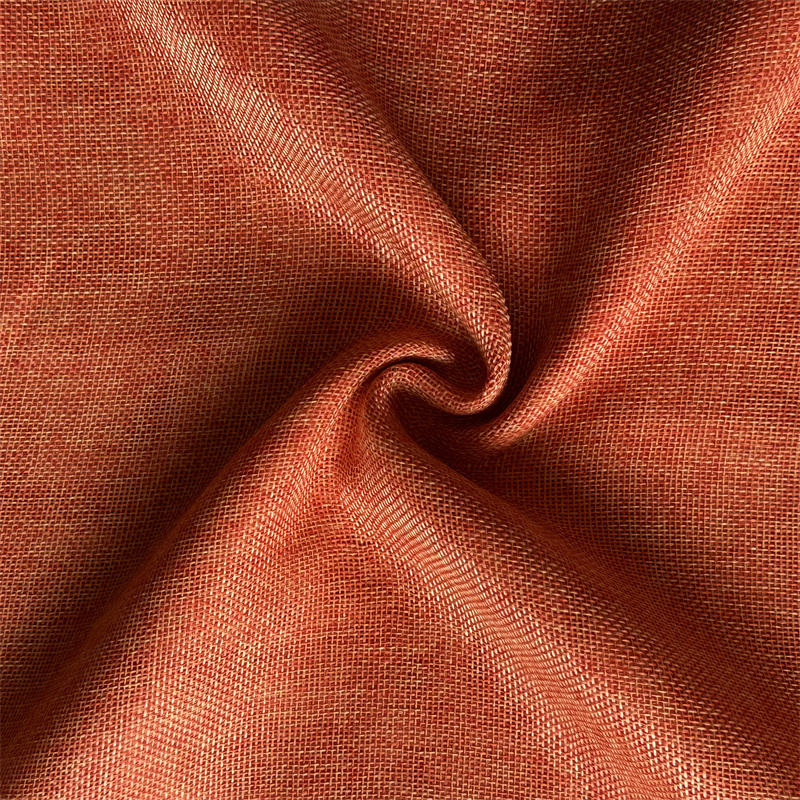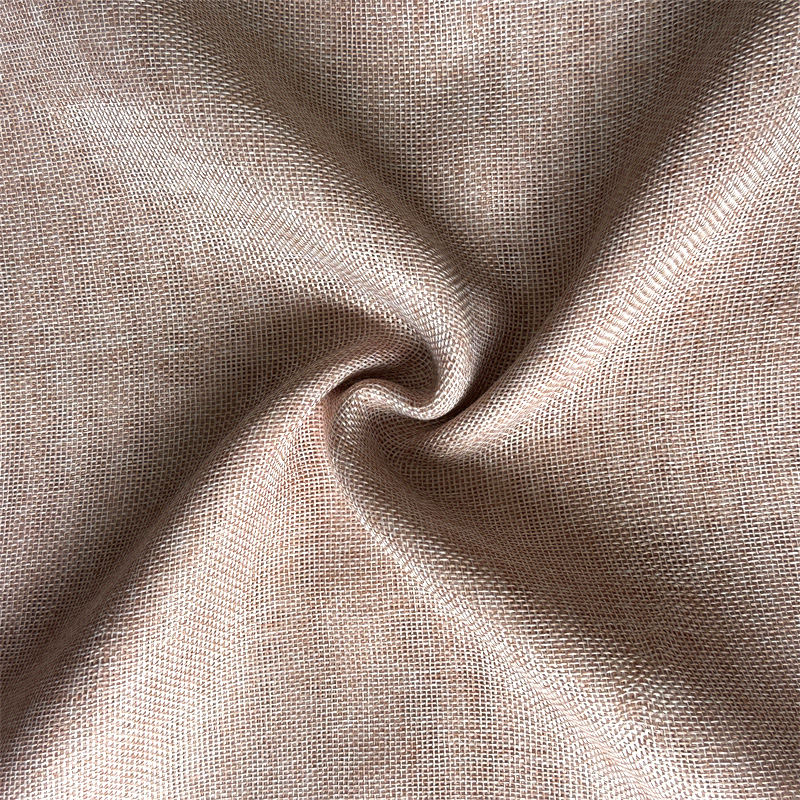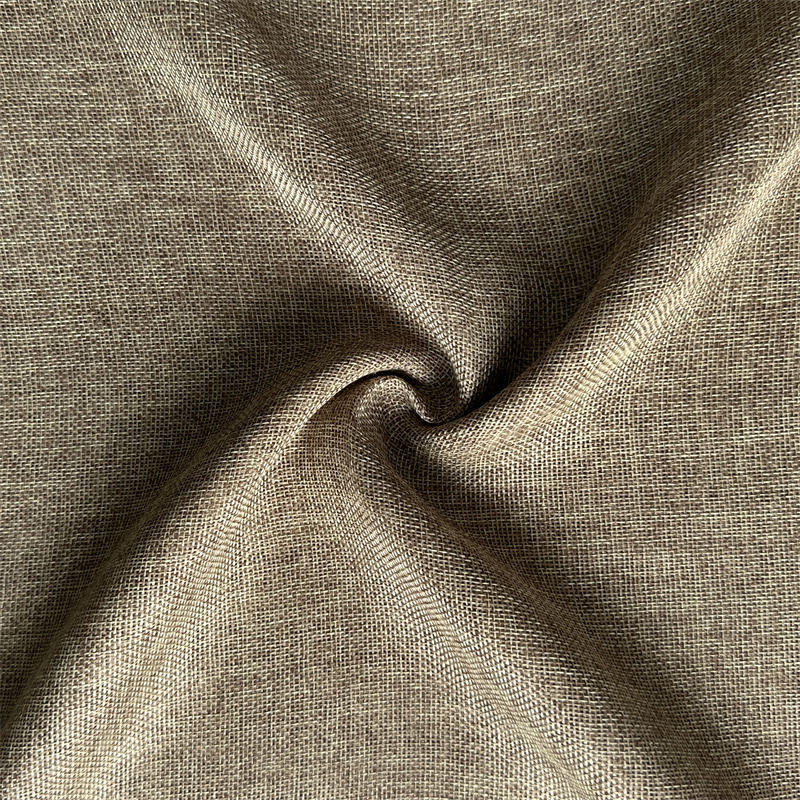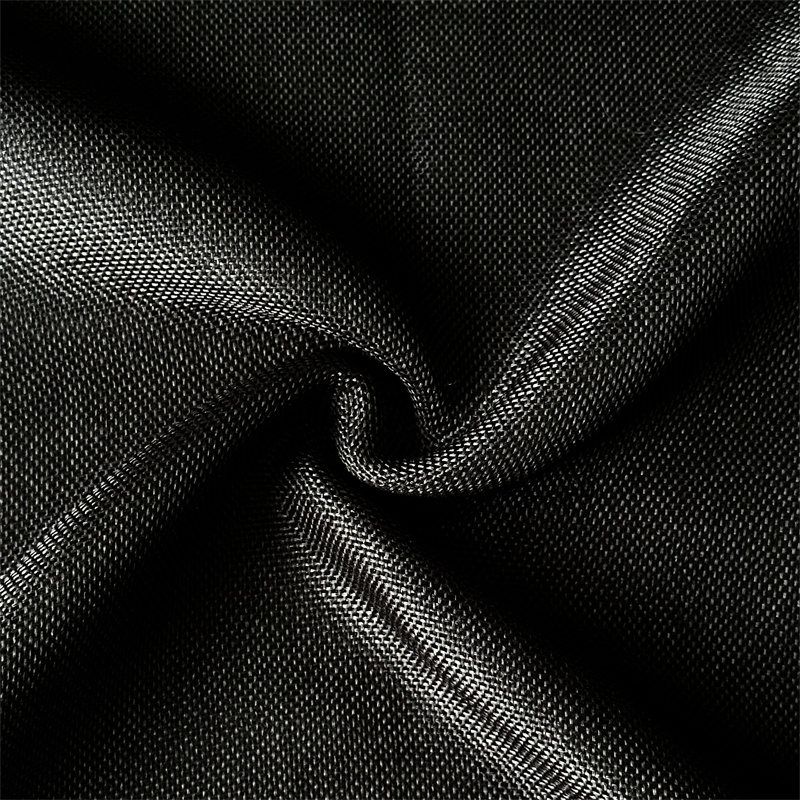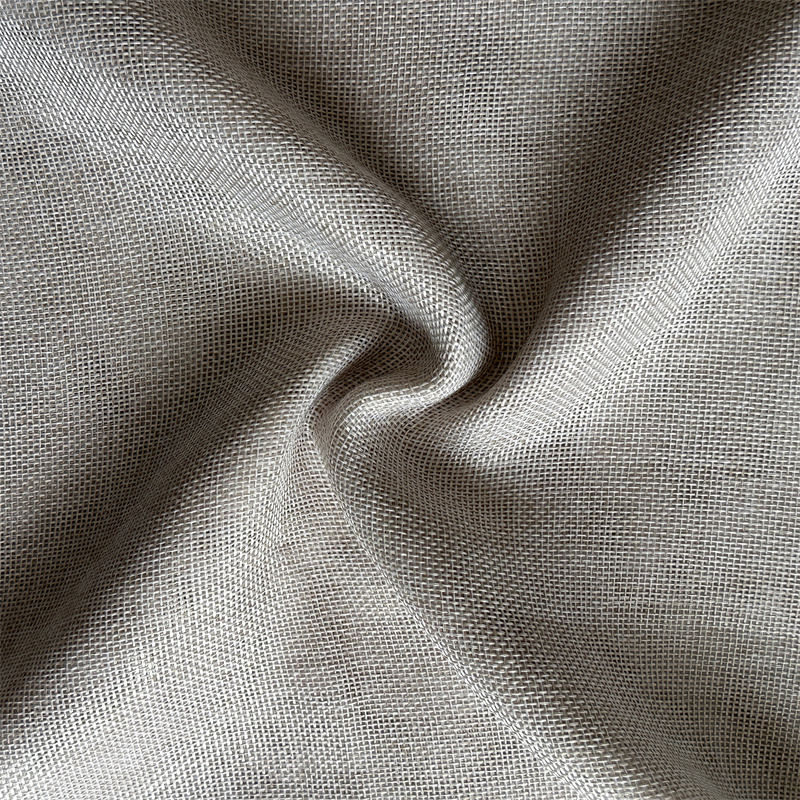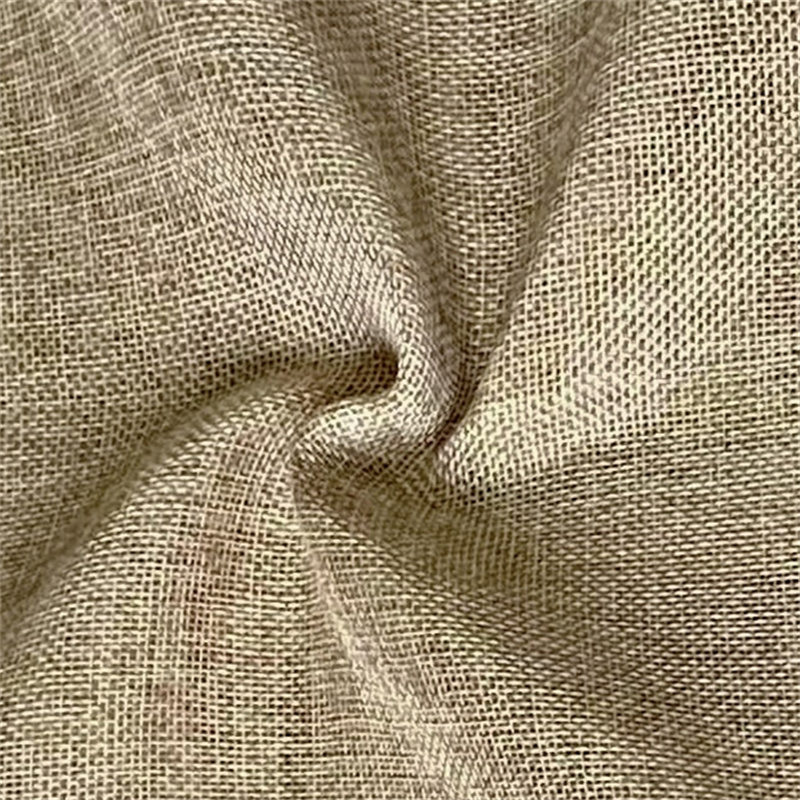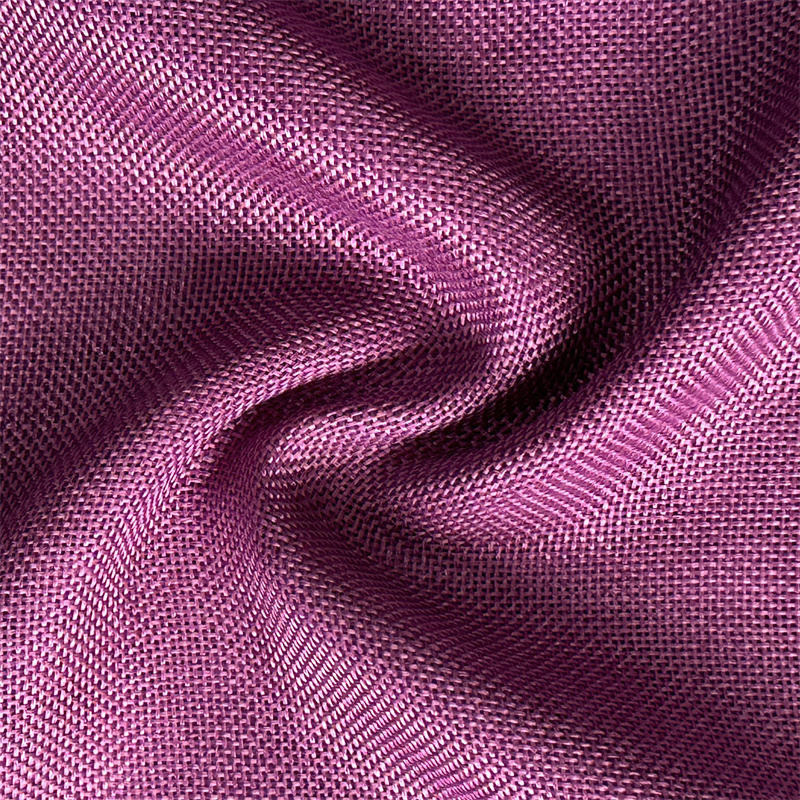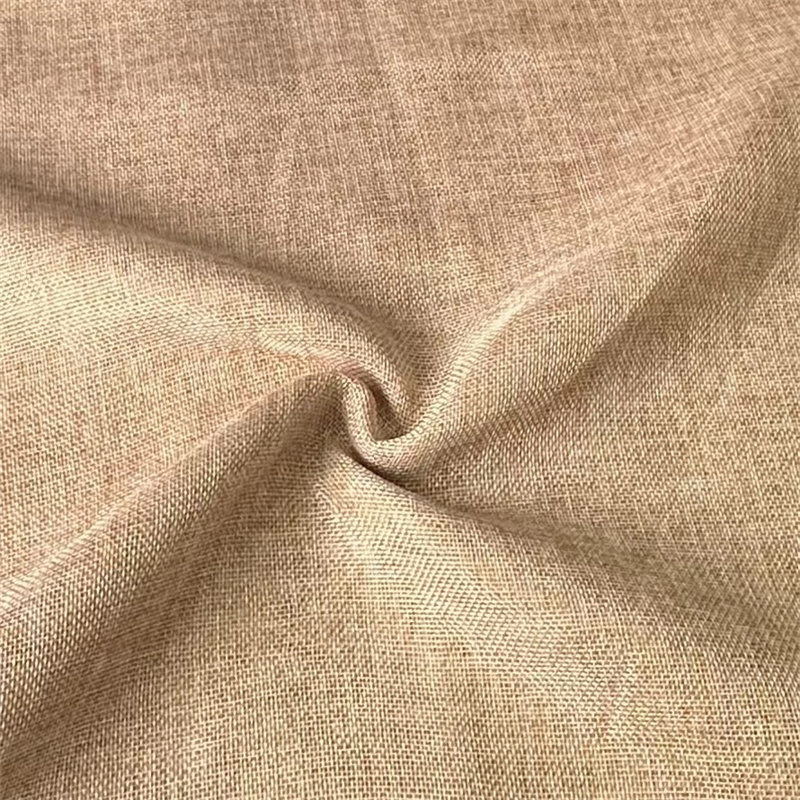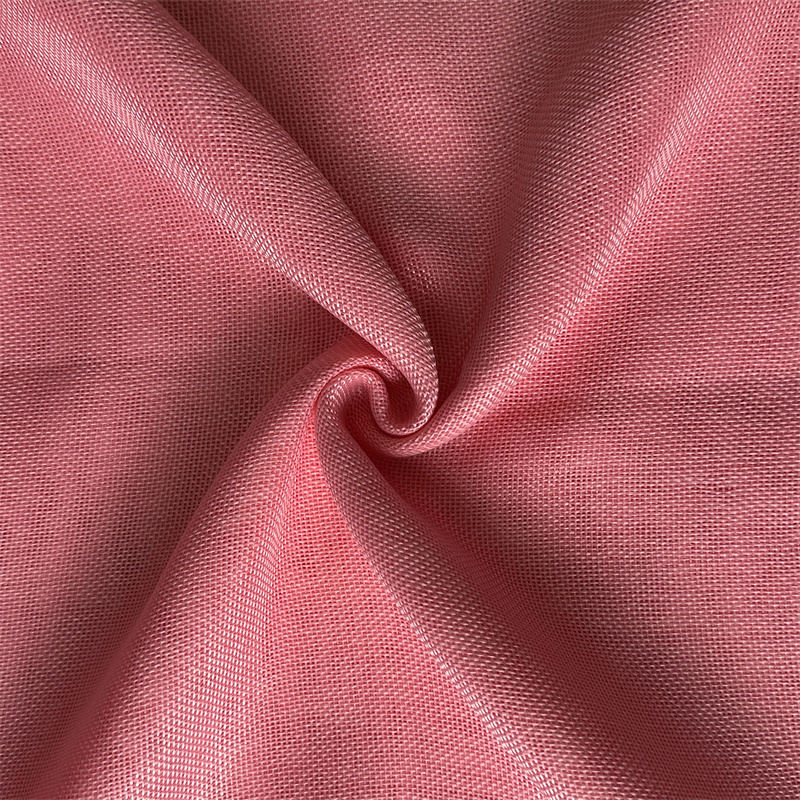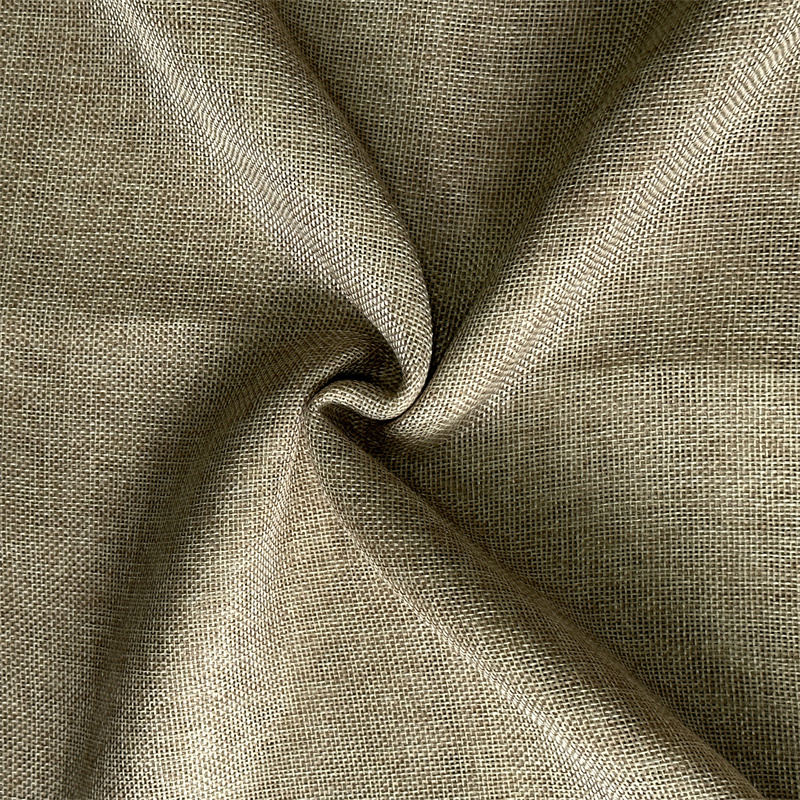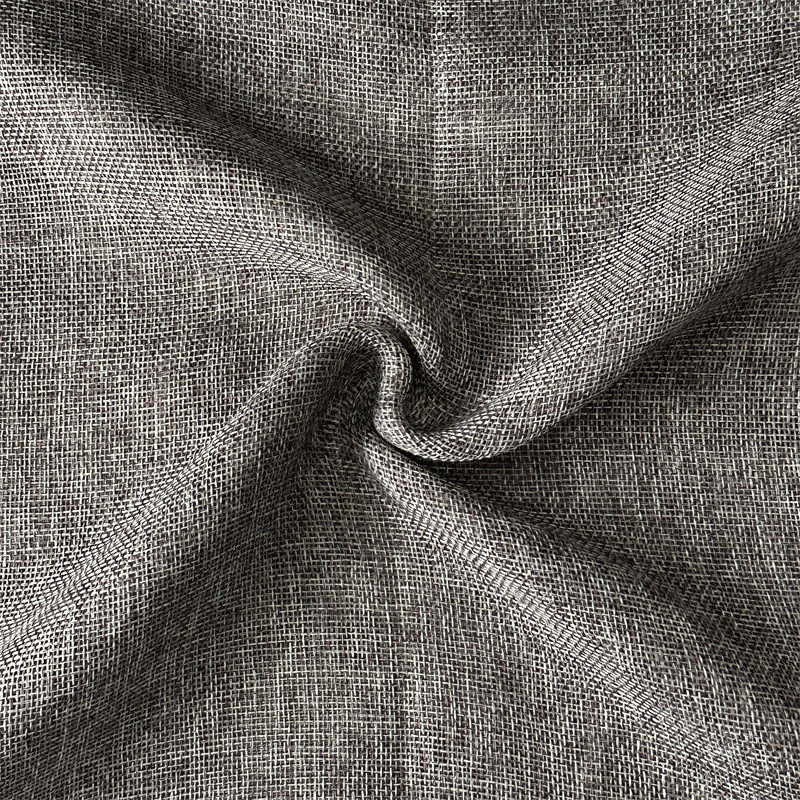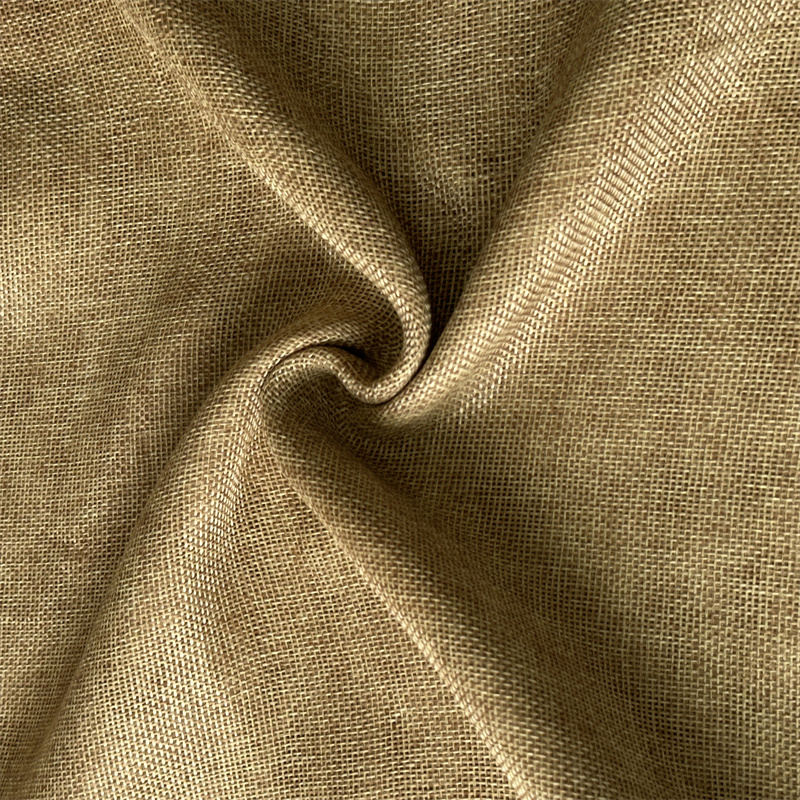Home textiles play a significant role in creating a comfortable and aesthetically pleasing living environment. From soft bedding to elegant curtains and cozy cushions, these fabrics contribute to both the functionality and the style of a home. Home textile fabric refers to a wide range of materials used for interior decoration and furnishings, including textiles for bedding, upholstery, tablecloths, and other decorative pieces.
One of the primary functions of home textiles is to enhance comfort within the home. Fabrics such as soft cotton for sheets and plush velvet for cushions help create a relaxing environment that promotes rest and relaxation. Whether it's the comfort of a soft quilt on a cold night or the cozy feel of a chenille throw on a sofa, home textile fabrics add significant comfort to everyday living.
Furthermore, many home textile fabrics are designed for specific functions, such as blackout curtains for light control, water-resistant tablecloths, or fire-resistant upholstery for safety. The functionality of these fabrics ensures that they are not only beautiful but also practical in everyday use.
Home textile fabrics are vital in setting the tone of a room. From contemporary to traditional, fabrics can transform the look of a space. Luxurious silks or velvets can elevate a room's sophistication, while playful patterns and bright cotton fabrics can give a space a cheerful vibe. Textile choices allow homeowners to express their personal style and bring cohesion to the overall decor.
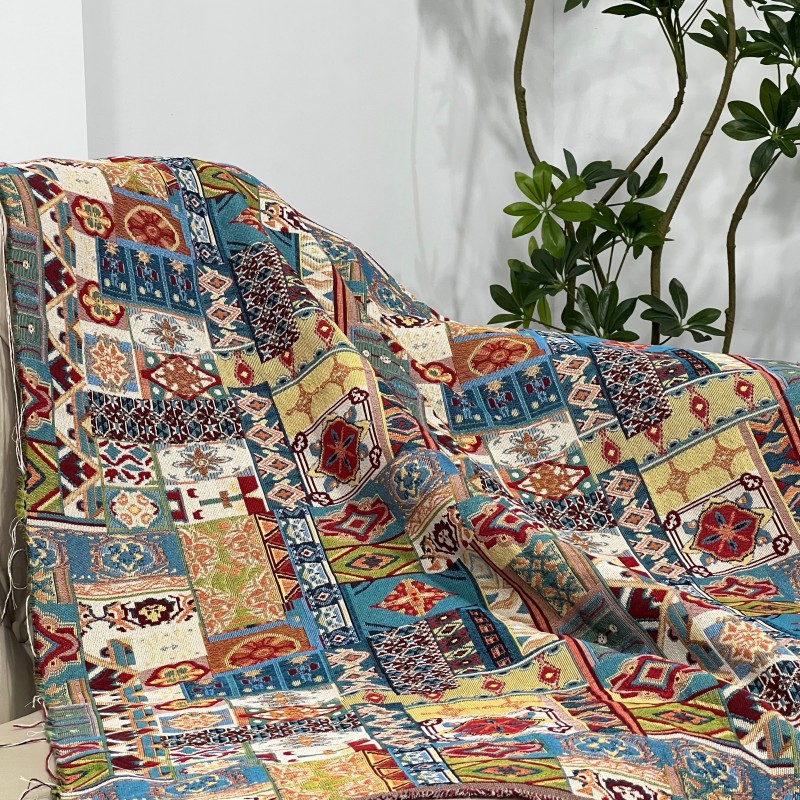
Patterned fabrics for curtains and cushions can introduce color and texture to a room, while plain fabrics such as linen or cotton can serve as neutral backdrops for bolder design elements. The wide variety of available textures, colors, and patterns means that home textile fabrics can be customized to suit any home décor theme.
Home textiles are designed to withstand regular wear and tear. High-quality fabrics such as polyester, cotton blends, and durable linen are chosen for their resistance to fading, shrinkage, and physical damage. This ensures that home textiles, like furniture upholstery or bedding, maintain their appearance and functionality for an extended period, making them a wise investment for homeowners.
Additionally, modern home textiles often feature treatments that improve durability, such as stain resistance or water repellency. These innovations help fabrics maintain their quality, making them easier to care for and extend their lifespan.
Certain home textile fabrics offer benefits that contribute to health and well-being. For example, hypoallergenic fabrics are designed to reduce allergic reactions caused by dust, mold, or other allergens. Materials such as organic cotton or bamboo fabric are gentle on the skin and can improve overall sleep quality, making them ideal for bedding.
There are also fabrics treated with antimicrobial agents to prevent bacteria and fungi growth, promoting a healthier living space. Fabrics designed to control moisture, such as those used in bath towels and bath mats, help create a more hygienic environment by reducing the likelihood of mold growth and unpleasant odors.
With growing concern for the environment, many manufacturers are focusing on sustainable home textile fabrics. Eco-friendly fabrics, such as organic cotton, hemp, bamboo, and recycled polyester, have gained popularity due to their minimal environmental impact. These fabrics are often produced with less water and fewer chemicals, making them a more sustainable choice compared to traditional textiles.
Home textile fabrics made from recycled materials, such as plastic bottles or used fabrics, contribute to reducing waste and conserving natural resources. This shift toward sustainability is not only better for the planet but also aligns with the values of environmentally conscious consumers.
As the demand for sustainable products grows, natural fibers and bamboo are becoming increasingly popular in home textile fabrics. These materials are biodegradable, require fewer chemicals to produce, and have a smaller carbon footprint than synthetic alternatives.
Smart textiles, also known as e-textiles, are gaining attention in the home textile market. These fabrics incorporate technology such as sensors or heating elements to enhance comfort or functionality. For example, heated blankets and mattresses are now available with integrated temperature controls, offering personalized comfort in colder months.
Home textile fabrics are also embracing bold patterns and vibrant colors. Geometric designs, florals, and abstract prints are commonly seen on cushions, curtains, and bedding, allowing homeowners to create striking and unique spaces. The use of bright, energetic colors is particularly popular in living rooms and bedrooms, bringing life and vitality to home interiors.
With an increasing focus on space-saving solutions, multi-functional fabrics are becoming more prevalent in home textiles. Fabrics that offer dual purposes, such as blackout curtains that also insulate heat or water-resistant tablecloths, are highly sought after. These fabrics provide both practicality and style, making them ideal for modern homes with diverse needs.
Home textile fabrics are essential elements in home décor, offering a wide range of benefits from enhanced comfort and functionality to aesthetic appeal and durability. As the demand for sustainable and innovative products grows, home textile fabrics are evolving to meet the needs of modern consumers. Whether for creating a cozy atmosphere, improving health, or promoting environmental sustainability, these fabrics remain integral to the creation of stylish, functional, and comfortable living spaces. With endless options available, homeowners have the opportunity to choose the perfect textiles that align with their personal style and values.


 中文简体
中文简体 Español
Español